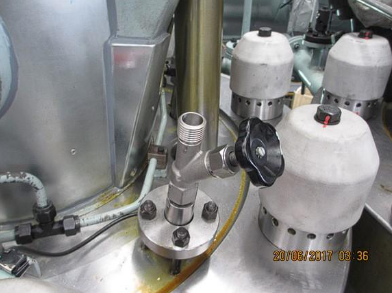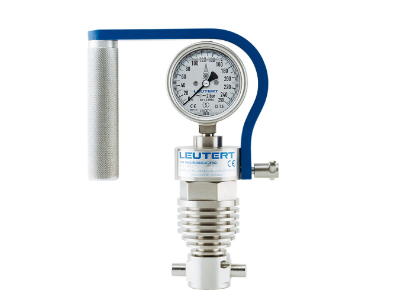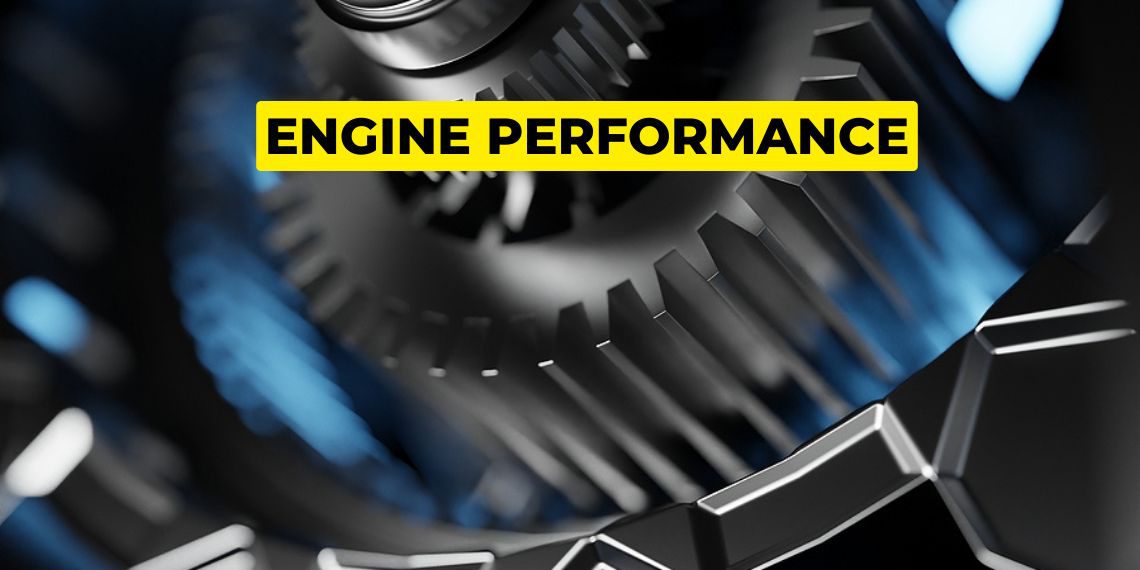What is engine performance test? | How do you check the performance of marine engines on ships?

Do you ride a bike?
If the answer is yes, then my next question is what is the average mileage that your bike gives?
Your answer might be 60 km/L.
What if after one year, your same bike is giving a mileage of 40 km/L, this means that the performance of your bike engine has reduced and surely your bike needs to be serviced.
In our day to day life, this is the best way to calculate engine performance.
Why is engine performance calculated in ships?
Performance of the engine is checked every once in a while inside the ship to ensure that the engines are running as efficiently as possible.
Usually the efficiency of engines decreases as its age increases, so we need to constantly check the engines efficiency, compare with the previous results, find out the problem areas in the engine and rectify them if the efficiency decreases.
How is the performance of engines calculated?
The performance of the main engine is checked every month. The rpm of the engine is set to an assigned reference value each month and various parameters like exhaust temperature, lube oil pressure, fuel consumption, cylinder oil consumption and pressure generated in each cylinder is calculated.
We need to ensure while calculating the engine performance, that the weather outside is calm, the engine is running at the same rpm like that in the previous performance tests.
How to calculate pressure generated in marine engines?

Indicator Valves are used to measure and monitor the cylinder pressure of an engine while the engine is running. This is a good tool to analyze the condition and effectiveness of the engine. This valve is mounted on each cylinder head on many large marine diesel engines and connects to the combustion chamber.
How is engine performance (power) calculated in a four stroke engine?
The power in a four stroke engine(over here we are talking about auxiliary engines fitted onboard ships) is calculated using Peak pressure indicator.

The generator is taken to a maximum load up to 85% of its MCR and at that load all the parameters of the auxiliary engine are noted like exhaust gas temperature for all the units, turbocharger inlet/outlet temperatures, fuel racks position for each pump, lube oil pressure, fuel oil pressure, lube oil temperature, fuel oil temperature and most importantly peak pressure for each unit which is measured using peak pressure indicator. Once we have all the readings we compare them with previous performance readings and if any find any problems we then troubleshoot them.
Note:
If you want to learn more about this topic, we suggest checking out our Combo package with the given link https://www.merchantnavydecoded.com/courses/c/ . It’s a great way to dive deeper into the subject through video explanations. This package covers all the important details and presents them in an easy-to-understand format. Watching the videos will help you grasp the topic better and make learning more enjoyable. So, we highly recommend giving our Combo package a try to enhance your knowledge on the subject.
Disclaimer :- The opinions expressed in this article belong solely to the author and may not necessarily reflect those of Merchant Navy Decoded. We cannot guarantee the accuracy of the information provided and disclaim any responsibility for it. Data and visuals used are sourced from publicly available information and may not be authenticated by any regulatory body. Reviews and comments appearing on our blogs represent the opinions of individuals and do not necessarily reflect the views of Merchant Navy Decoded. We are not responsible for any loss or damage resulting from reliance on these reviews or comments.
Reproduction, copying, sharing, or use of the article or images in any form is strictly prohibited without prior permission from both the author and Merchant Navy Decoded.


